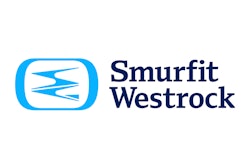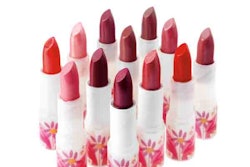From a design standpoint, sustainable packaging solutions deliver the most benefit, value, and appeal with the least amount of raw material, labor, weight, chemicals, and energy.
When designing for sustainability consider the 4 R’s: Realize, Reuse, Recapture, and Reduce.
• Consider the entire packaging lifecycle in the design stage in order to Realize the total impact of the package, from sourcing through to the recovery.
• Source renewable materials and engineer them for easy Reuse. Aim to Recapture value from recycling.
• Implement processes that Reduce the overall amount of material and energy consumed during the lifecycle of the package.
The time to consider the 4 R’s starts at the very beginning of the development process. For example, when selecting materials, a key requirement is to understand how renewable base materials can be reused and what value can be recaptured at the end of the package’s life. Another consideration is the shape and size of a package. New designs not only use less material, they also better conform to the interior contents of the package to reduce volume. Design the exterior to decrease material costs while increasing the unit to shipment ratio—saving on shipping and fulfillment costs.
Beyond size and shape, other options for sustainable packaging design and engineering include environmentally-responsible inks and the incorporation of new materials that offer recycled, post-consumer, or renewable components.
The evolution of package design over the coming years will be very dynamic as a focus on sustainability produces new innovations that may blur the lines between package and product. Packages may also be designed and engineered to become more permanent in nature. Reused instead of recycled will likely become the new mantra.
Other stimuli for change include potential government regulation, rising energy costs, declining natural materials resources, and a more concerned buying public.
The partnership between manufacturer and packager must feature a dialogue that is interactive and progressive. MeadWestvaco opened the Center for Packaging Innovation to facilitate this dialogue. The center focuses on understanding global consumer and market needs and how these interact. The center’s mission is to develop packaging solutions that explore and incorporate novel materials, further research, and create sustainable packaging solutions.
The evolution of sustainable package design will not only produce bottom-line business benefits, but also may lead to greater community recycling efforts and to responsible disposal of used packaging, reducing waste concerns. These changes benefit the safety, health, and overall well-being of individuals and communities across the country and around the world.
Santosh Padki is vice president of MeadWestvaco’s Center for Packaging Innovation, which opened its doors on the campus of North Carolina State University in 2006. He welcomes your comments, at [email protected].

























